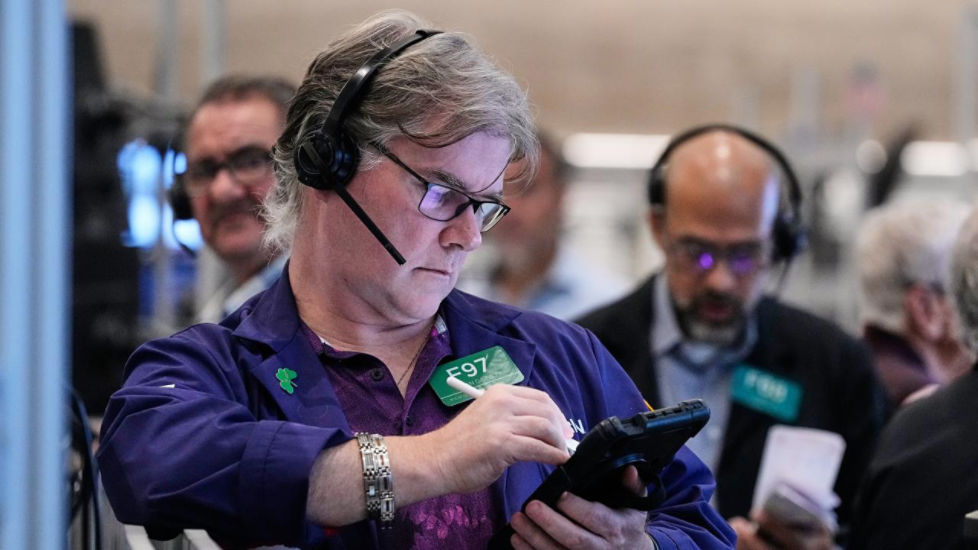Australia’s bond market is on a tear, with new issuance reaching a year-to-date record of A$275 billion and CBA economists predicting the market will exceed the A$322 billion all-time peak by year end. Kangaroo bonds – debt denominated in Australian dollars but issued by foreign entities – are supercharging this trend, contributing A$62.4 billion or 27% of this year’s new issuance.
"In many of our recent client meetings with international issuers, we’re now hearing them say that when it comes to markets they plan on tapping frequently, Australia ranks as No.3 behind the US and Europe,” said Chris McLachlan, Executive General Manager Global Markets at Commonwealth Bank. “That sentiment speaks to the growing appeal of Australia as an increasingly liquid market, that’s well understood by issuers, and offers something of a safe harbour from the complexities of the external geo-macro environment.”
Historically, Australia has always held appeal for foreign borrowers, thanks to its stable government, transparent regulatory framework, and the Australian dollar’s status as a global reserve currency.
But the nature of offshore issuer participation has evolved dramatically in recent years. A decade ago, Kangaroo bonds were typically small, illiquid deals which were quickly swapped into other currencies. Since 2022, however, offshore issuers – especially Canadian institutions – have embraced the market with larger, more liquid transactions, helping fuel a 47% expansion and adding nearly $1 trillion in value over the past 5 years.
Canadian investors leading the way
Helping to lead this transformation is CPP Investments, which issued its first billion-dollar Kangaroo bond in 2022, a year after it tested the market with a few smaller transactions.
“The Aussie market has always been a good bond market. Now we’re hitting additional maturity milestones—volume, depth, liquidity, and increased investor diversity. "
“We made a commitment to size in 2022, we were the first to do it, and that commitment is to issue two A$1 billion-minimum transaction per year,” said Sam Dorri, Managing Director, Balance Sheet Optimization & Financing at CPP Investments, which invests funds on behalf of the Canada Pension Plan. “Since we’ve made that commitment, we’ve exceeded that number considerably. A$2.5 billion is the biggest transaction we’ve issued, but they’ve all been over a billion and that’s a very big differentiating point for us,” he said
Canadian issuers have consistently led the charge. While deal sizes have been growing across the board, Canadians stand out as their average deal size is nearly double that of the average Kangaroo. CBA data show that the average Kangaroo deal size in 2025 is A$474 million in 2025, up from A$350 million a year earlier, Canadian Kangaroo deals average A$799 million, up from A$700 million in 2024.
More billion-dollar deals
Size matters in bond markets. “A$1 billion-plus deals get noticed by large investors, and we’re seeing them much more frequently among Kangaroos,” said CBA’s McLachlan. “They signal liquidity, which is crucial for asset managers who need to trade in and out of positions. When you see a billion dollar deal, there’s an expectation that you will be able to get in and out of it in the secondary market, and that’s appealing to global asset managers.”
That liquidity is increasingly evident in Australia’s debt market. Turnover in high-grade bonds exceeded A$2.5 trillion in FY25, with CBA-executed volume doubling compared to FY23.
CPP Investments actively supports this secondary market. “We commit to buying and selling our own paper at mid-market,” Dorri said. “It gives dealers confidence they can on-sell that paper to us if needed, which provides a lot of comfort to the investor base.”
This liquidity commitment spans CPP Investments five currency markets – USD, EUR, GBP, CAD, and AUD, reinforcing its reputation as a reliable issuer.
Demand for longer-dated debt
Australia’s debt market is also maturing in tenor. While the majority of Australian bonds carry 3–5 year maturities, there has been a steady stream of successful 10-year tranches and local pricing and liquidity are now competitive out to 30‑plus years, signalling growing investor appetite for longer-dated debt.
This latest development, in combination with its growth momentum and increased global investor participation, indicates a bright future for Australia’s debt market, Dorri said.
“The Aussie market has always been a good bond market,” Dorri added. “And now we’re hitting additional maturity milestones—volume, depth, liquidity, and increased investor diversity. As an issuer, these factors validate our decision to be programmatic and consistent in this market.”




